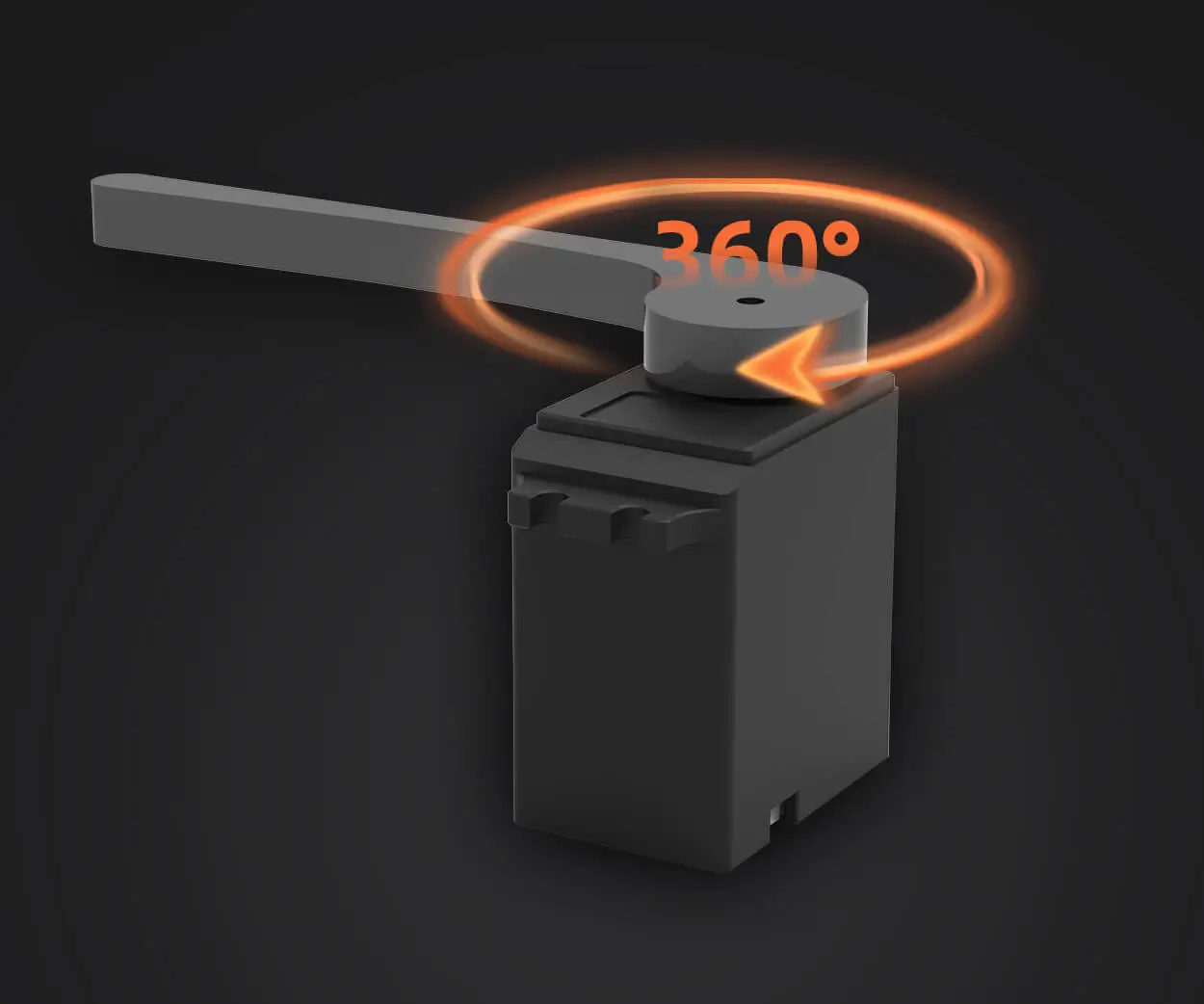When you think about electric motors, the first thing that probably comes to mind is speed. But what about torque? For some applications, high torque at low RPM is exactly what you need. In fact, these types of motors are often the unsung heroes in industries that require power, reliability, and efficiency without the need for high-speed revolutions.

A high torque low RPM electric motor delivers power in a way that's different from your typical high-speed motors. Rather than spinning quickly, it turns at a slower pace, but the amount of force it exerts is massive. Think of it like the difference between a sprinter and a powerlifter. The sprinter might have speed, but the powerlifter can move heavy weights steadily and consistently. That’s what a high torque motor offers.
These motors are incredibly useful in scenarios where you need a lot of force without sacrificing control. For example, in electric vehicles or industrial machinery, having a motor that can provide steady torque at low speeds can make all the difference. Imagine a car that needs to move heavy loads at a crawl – a high torque, low RPM motor ensures it does this smoothly and efficiently.
Another common use? Conveyor systems. You don’t need high speeds for these; you need reliability and strength to keep things moving steadily, even if the load is heavy. That’s where high torque motors shine, providing continuous, consistent motion that doesn’t break down easily under pressure.
The secret sauce behind these motors? Magnetic design and precision engineering. The way these motors are built ensures they maximize their torque output while keeping RPM low. The end result is a motor that can handle larger loads, work for longer periods, and consume less energy compared to motors that are constantly running at high speeds.
Now, if you’re wondering whether this kind of motor is right for your application, consider what matters most: Do you need high torque without sacrificing too much speed? Are you working in an environment where efficiency and reliability are non-negotiable? A high torque, low RPM motor might be exactly what you need.
Here’s a quick example to illustrate: Imagine running a large industrial fan. You want the fan to spin slowly, but with great force to circulate air efficiently throughout a large space. A high torque motor ensures that even at low RPM, the fan has enough power to do its job without needing to spin at high speeds.
A high torque motor also tends to be more energy-efficient over time. Since it doesn’t need to constantly rev up to high speeds, it uses less power to get the same results. That’s a win-win for businesses looking to cut down on energy costs.
Whether you're in manufacturing, automation, or any industry that demands heavy lifting without the need for speed, investing in a high torque low RPM electric motor could provide the reliability and power your operations need. It’s a decision that, while subtle, can have long-lasting benefits in performance, cost savings, and overall efficiency.
Kpower has delivered professional drive system solutions to over 500 enterprise clients globally with products covering various fields such as Smart Home Systems, Automatic Electronics, Robotics, Precision Agriculture, Drones, and Industrial Automation.




































